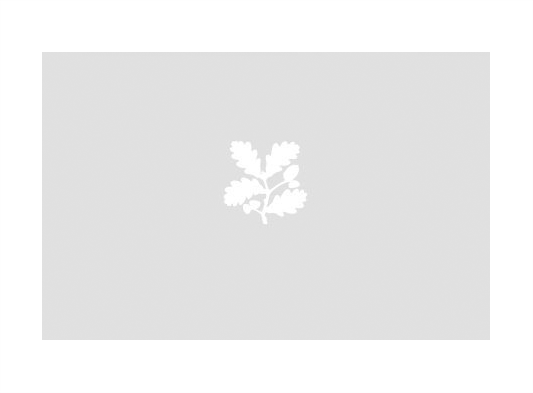The history of the Turks. Beginning in the year 1679. . Being a full relation of the last troubles in Hungary, with the sieges of Vienna, and Buda, and all the several battles both by sea and land, between the Christians, and the Turks, until the end of the year 1698, and 1699. In which peace between the Turks, and the confederate Christian princes and states, was happily concluded at Carlowitz in Hungary, by the mediation of Her Majesty of Great Britain, and the States General of the United Provinces. With the effigies of the emperors and others of note, engraven at large upon copper, which compleats the sixth and last edition of the history of the Turks. In two vol. in folio. By Sir Paul Rycaut, ...
Sir Paul Rycaut (1628-1700)
Category
Books
Date
1700
Materials
Place of origin
England
Collection
Wimpole, Cambridgeshire
NT 3042904
Summary
Bibliographic description
[8],312,(313)-(320),313-607,[9]p, [7] leaves of plates . ports.. . fol.. Shelved and bound as vol. 3 of Rycaut's History of the Turks. Provenance: Armorial gilt centrepiece: [Anonymous, with motto Prodesse quam conspici = John Lord Sommers (1651-1716)]. Armorial bookplate (between 1733 and 1754) in vol. 1: Philip Lord Hardwicke Baron of Hardwicke in ye County of Gloucester [i.e. Philip Yorke, 1st Earl of Hardwicke (1690-1764), created Baron Hardwicke, 1733, and Earl of Hardwicke, 1754]. Binding: Eighteenth-century sprinkled, panelled calf over boards, gilt tooling on spine and board edges, double blind fillets with inner rectangular compartment and cornerpiece design and gilt armorial centrepiece on covers, red and brown sprinkled edges.
Makers and roles
Sir Paul Rycaut (1628-1700) Michael Vandergucht (Antwerp 1660 – London 1725)
